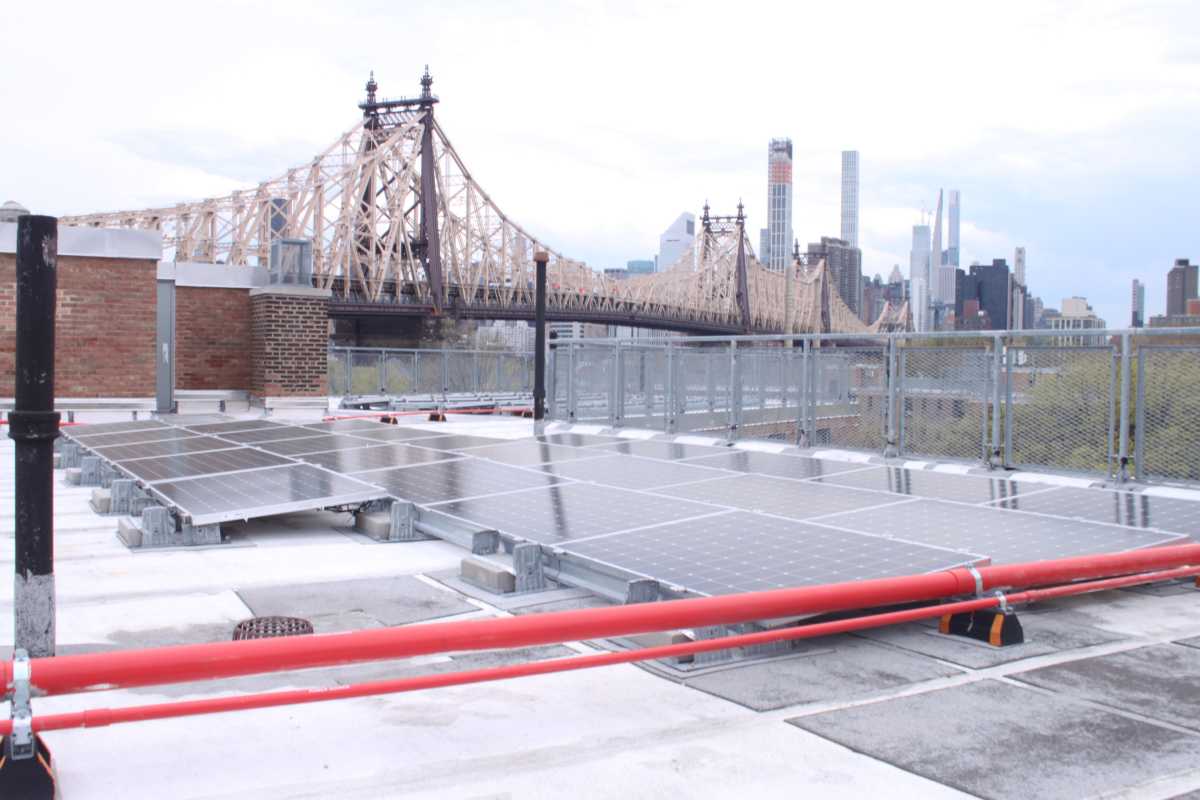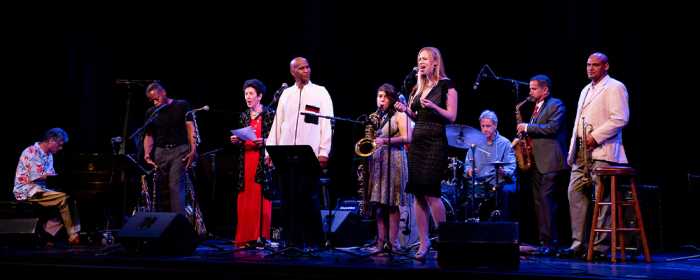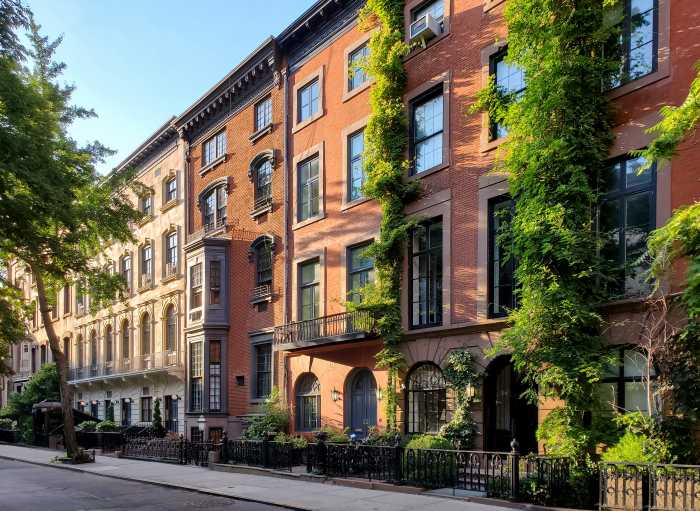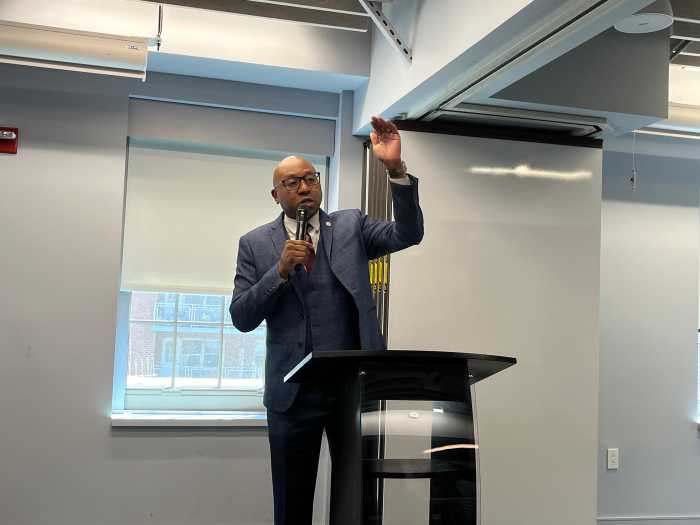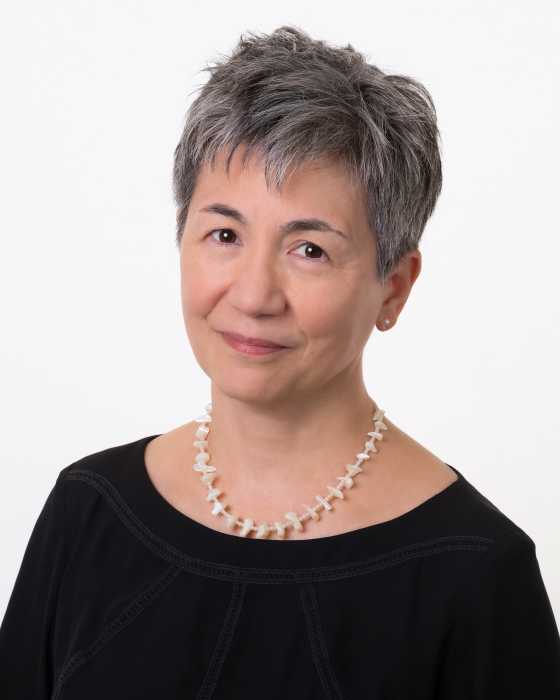A major solar panels project at Queensbridge Houses, installed on the Astoria public housing development’s rooftops by a team of NYCHA tenants, is nearly complete.
Twenty-seven buildings in Queensbridge North and South will host a 1.8-megawatt community solar array as part of a citywide program meant to bring renewable and affordable energy to low- and moderate-income New Yorkers as well as train NYCHA residents for careers in green energy. The project, first announced in 2017, began construction in August 2020.
Most of the panels are already installed and working on the buildings, according to Chris White, program associate of NYCHA’s Energy and Sustainability team. The project is set to be fully completed by the end of May.
“Across all the rooftops, this project will provide power to about 470 households, including at least 100 of which will be verified low and moderate income,” White said. “Having this local generation here will really help with the electric grid.”
While the power generated from the solar panels can go to some households in NYCHA that pay their own electric bills, it doesn’t include households in Queensbridge since their electricity is provided by the New York Power Authority (NYPA).
White said NYCHA couldn’t set up the solar panels project so that they could buy the power and offer it to residents due to NYPA limitations, as the housing complex’s buildings are master metered.
“That’s one of the things we were trying to do when we were first setting up this project,” White said, adding that NYPA already has lower rates than Con Edison.
Instead, NYCHA is leasing roof space to the project’s developers, whose rent will generate revenue for the agency and will be directed to their operating funds. Sol Purpose is the developer of the Queensbridge solar panels project, in partnership with Bright Power, Solstice, Green City Force, Solar One and Venture Solar.
Matt Russotti, CEO of Sol Purpose, said designing and engineering the silicon solar panels was a feat in itself given the limited space of the rooftops.
“It’s a testament to the project and to the work we’re doing and that NYCHA has done,” Russotti said.
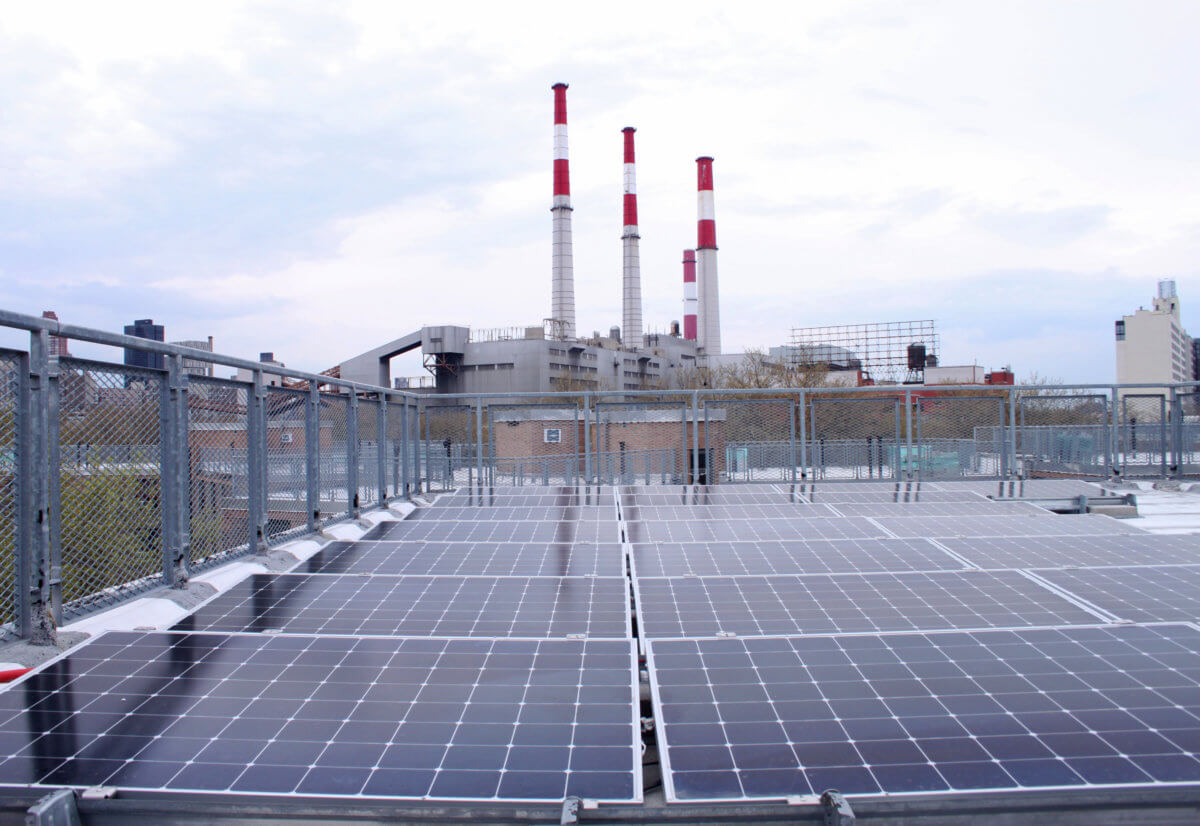
An important aspect of the project was hiring and training 13 full-time NYCHA residents, half of whom are residents of Queensbridge, Russotti said.
They were trained by Green City Force (GCF), a nonprofit that prepares youth in low-income housing communities for green jobs and offers sustainability education. Part of the training process involved workers receiving OSHA certification and training that helped them cultivate the skills they needed for solar installation work.
Aram Marcelle, alumni training and advancement manager at GCF, said their workforce program is dedicated to helping youth in NYCHA connect to job opportunities of the future.
“Historically, people of color have been excluded from these types of jobs and are underrepresented in this field,” Marcelle said. “Our mission is to make the sustainable movement an inclusive movement, because we can’t get a sustainable city if it’s not inclusive.”
Johan Ortiz, 22, a resident of NYCHA’s Albany housing in Brooklyn, graduated from GFC’s eight-month program and then began working at Queensbridge.
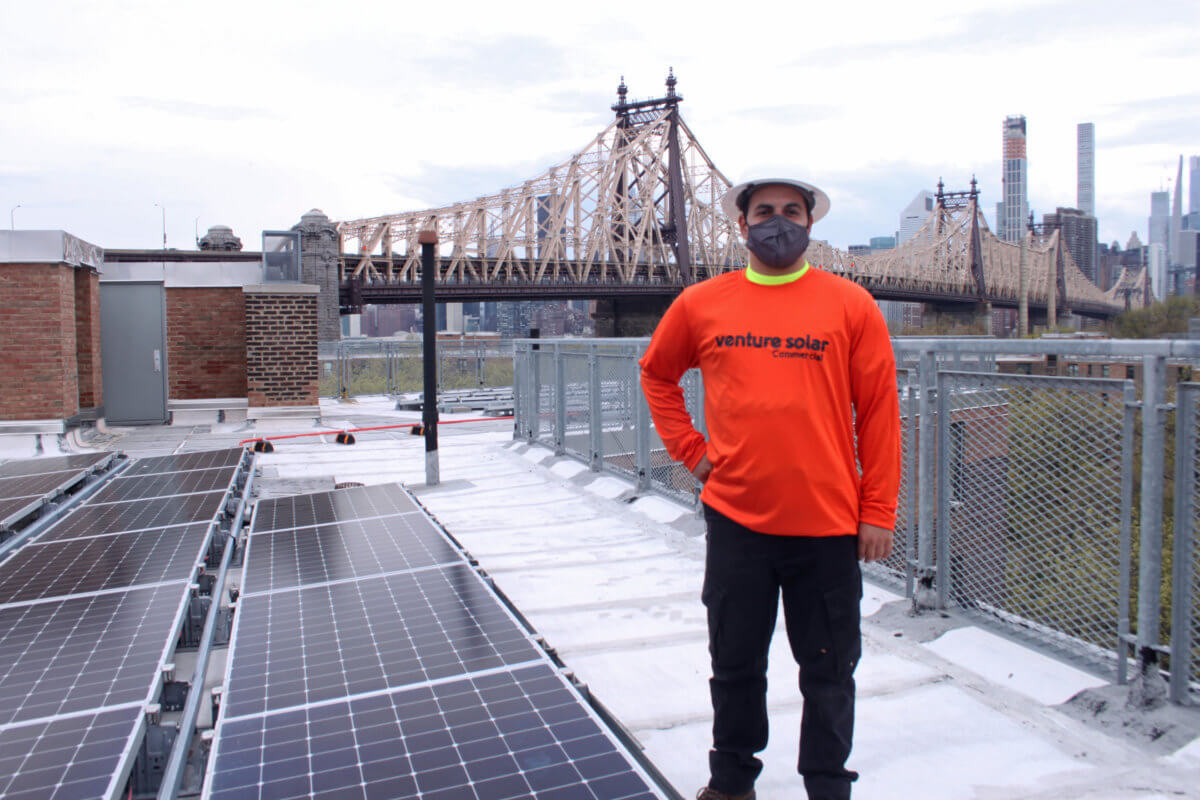
Ortiz, who previously worked as an electrical worker with a family member, said working on the program took a lot of dedication, but was worth it.
“I was struggling a bit more than the first couple days, because I was completely new to the field,” Ortiz said. “But once I hit like a week or two, that’s when I started to pick up the pace and understand how the system works. So, that’s when I started to learn all these skills, be on my own and help other crew members in order to get the job done.”
The program’s progress represents a significant milestone in NYCHA’s efforts to host a total of 25 megawatts of solar power in multiple housing complexes across the city by 2025.

